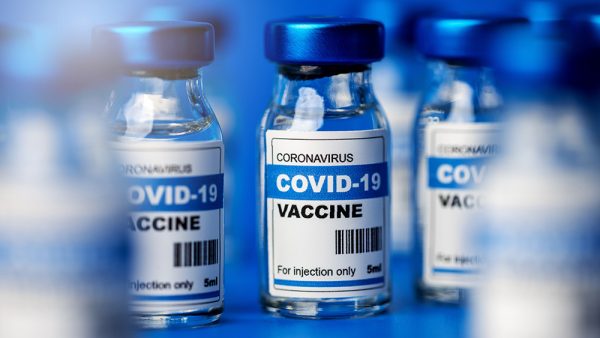 Parler
Parler Gab
Gab
Study: Flesh-eating bacteria is heading north
"Vibrio vulnificus is migrating north, studies have found. The warmer water is, the more bacteria can reproduce faster," said researcher Gabby Barbarite of Florida Atlantic University's Harbor Branch Oceanographic Institute in Fort Pierce, Florida. Infections have increased eight-fold between 1988 and 2018 in the U.S., according to research published in March in the journal Scientific Reports. The bacteria and infections are spreading northwards up the East Coast at a rate of about 30 miles a year, researchers said. Cases used to be concentrated almost exclusively in the Gulf of Mexico in the southern U.S., Dr. William Schaffner, an infectious disease expert at Vanderbilt University, told USA Today earlier this year. (Related: Just 10 minutes of swimming in the ocean is all it takes for infection-causing bacteria to alter skin microbiome - is pollution to blame?) Vibrio vulnificus is "actually always in water," Manisha Juthani, the commissioner of the Connecticut Department of Public Health. "What happens in the summertime is that bacteria like this tend to overgrow and if you have an open wound, you should never be getting into the water because there are a number of bacteria that are in the water." Particularly at risk are persons who have chronic liver disease, kidney disease or a weakened immune system. The infection is rare – only about 100 to 200 cases are reported in the U.S. each year, according to Cleveland Clinic. If you get it from eating raw shellfish (usually oysters), it takes only a few hours for it to spread from your gut to your blood and other organs. People should go to the emergency room right away if they exhibit symptoms of the infection, such as:- Watery diarrhea, often accompanied by fever, nausea, stomach cramping and vomiting
- Fever, redness, pain, swelling, warmth, discoloration and discharge (leaking fluids) for wound infection, which may spread to the rest of the body
- Blistering skin lesions, chills, fever and dangerously low blood pressure for bloodstream infection
- If you have a wound (including from a recent surgery, piercing or tattoo), stay out of salt water or brackish water, if possible. This includes wading at the beach.
- Cover your wound with a waterproof bandage if it comes into contact with saltwater, brackish water or raw or undercooked seafood and its juices. This contact can happen during everyday activities, such as swimming, fishing or walking on the beach. It could also happen when a hurricane or storm surge causes flooding.
- Wash wounds and cuts thoroughly with soap and water if they come into contact with salt water, brackish water, raw seafood or its juices.
- Avoid eating raw or undercooked seafood, particularly oysters. Avoid mixing cooked shellfish with raw shellfish.
More related stories:
Flesh-eating bacteria deadlier than sharks wreaking havoc in Florida after Hurricane Ian. Hurricane Ian aftermath: Floridians grappling with spread of flesh-eating bacteria. Flesh-eating bacteria spread in Delaware Bay: Victims went crabbing or consumed seafood from the area, warn experts. Sources include: USAToday.com FloridaHealth.gov Governor.NY.gov CT.gov PilotOnline.com NBCNews.com Nature.com My.Cleveland.org Brighteon.comMark Zuckerberg’s Threads censors COVID-related searches amid spiking infections
By Kevin Hughes // Share
Governments continue to obscure COVID-19 vaccine data amid rising concerns over excess deaths
By patricklewis // Share
Tech giant Microsoft backs EXTINCTION with its support of carbon capture programs
By ramontomeydw // Share
Germany to resume arms exports to Israel despite repeated ceasefire violations
By isabelle // Share










